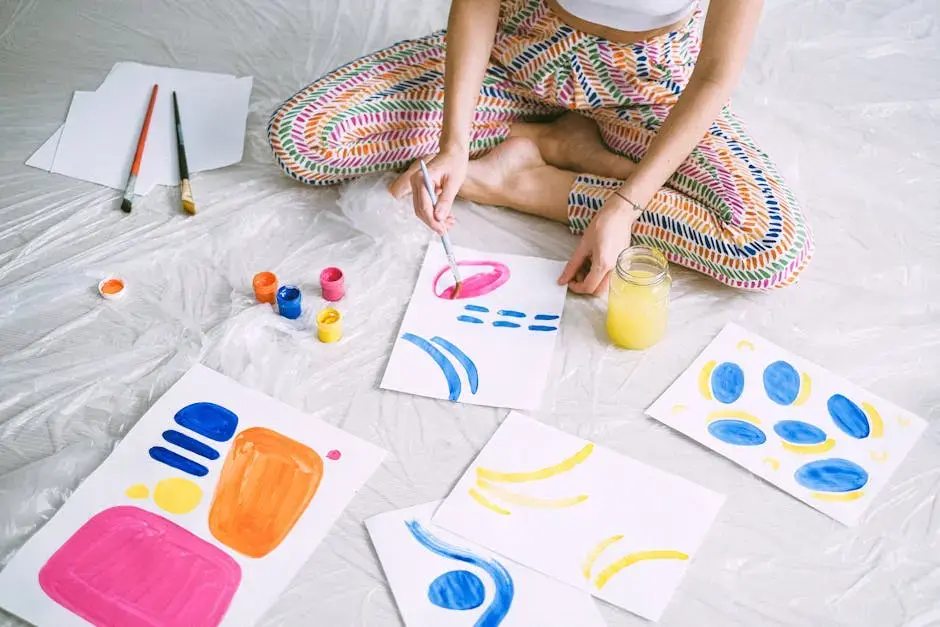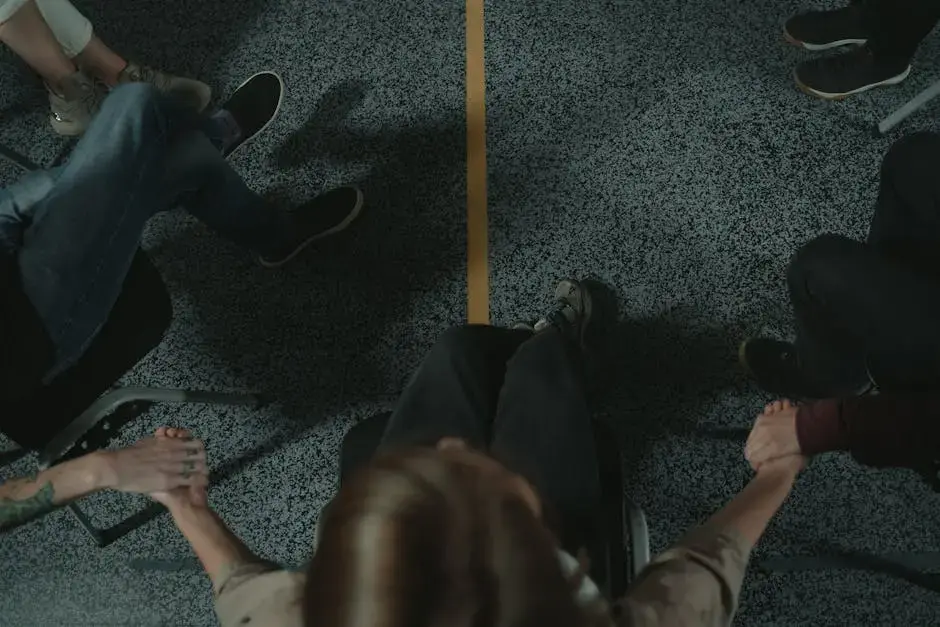7 Simple Art Education Therapy Techniques to Practice at Home
- Karrie Stafford

- Dec 20, 2024
- 5 min read
Art education therapy is a wonderful way to explore creativity and emotional expression. Whether you're a seasoned artist or just starting out, these techniques can help you tap into your inner artist while enhancing your mental well-being. Here, we'll explore seven simple yet effective art education therapy techniques that you can easily practice at home.

1. Mindful Drawing to Center Your Thoughts
Mindful drawing encourages you to focus on the present moment. Simply grab a pencil and start sketching what you see around you. This practice can help calm your mind and sharpen your observational skills. The beauty of this technique lies in its simplicity; there's no right or wrong way to draw. Just let the pencil move freely, and you'll find yourself immersed in a meditative state.
As you draw, take note of the details— the shadows, the shapes, the colors. This not only enhances your artistic skills but helps you connect more deeply with your surroundings. Perhaps you'll find that drawing the everyday objects in your life brings a fresh perspective. It’s like seeing the world through a new lens, and that can be profoundly rewarding.
2. Coloring Your Emotions for Better Expression
Coloring can be a therapeutic way to express your feelings. Choose colors that represent your emotions and let your creativity flow on paper. This technique allows you to visualize and process your emotions in a fun manner. When you pick vibrant colors, consider what they evoke in you; perhaps a bright yellow brings a smile, while a deep blue calms your stormy thoughts.
Additionally, don't shy away from using unconventional colors. If you're feeling angry, try using aggressive strokes of red and black. Conversely, if you're embracing joy, let pastel shades dance across the page. This form of expression can provide insight into your emotional landscape, making it easier to understand your inner self.
Remember, the goal is not to create a perfect picture. It's about allowing your feelings to flow onto the page. You might even find it liberating to engage in a little scribbling when words fail. So gather your coloring pencils or markers and lose yourself in this colorful world!
3. Collage Making to Discover Inner Thoughts
Creating a collage is a fantastic way to explore your interests and passions. Gather images from magazines or print them from the internet. Arrange and glue them together to create a visual representation of your identity or aspirations. This technique acts as a mirror, reflecting aspects of your personality that you may not even be aware of.
The process of selecting images can be revealing in itself. As you sift through pictures, pay attention to the ones that draw you in. Are they related to travel, nature, or perhaps your favorite hobbies? Each picture can tell a story and evoke emotions that can be pieced together to discover your journey.
As you complete your collage, consider writing a few words or phrases that encapsulate your feelings about each image. This combination of visuals and text can deepen your self-exploration and offer insights into what you truly value in life. A collage is not just a collection; it’s a vibrant testament to who you are.
4. Expressive Painting for Emotional Release
Grab a brush and let loose! Expressive painting allows you to convey your feelings through color and form without worrying about the end result. Use bold strokes and vibrant colors to release pent-up emotions. The canvas becomes your playground, a place where you can experiment freely, exploring how each color resonates with you.
Perhaps you start with a swirl of blue to channel your sadness, then add aggressive slashes of red for anger. The beauty of expressive painting is that there are no rules—what matters is how you feel as you paint. Each brushstroke can be a step towards emotional release, transforming feelings into something tangible.
After you've finished, take a moment to step back and observe your painting. What does it say about your current emotional state? Does it highlight certain feelings you've had difficulty expressing? This technique enables you to confront and work through emotions in a visually stimulating way.
5. Clay Modeling for Tactile Experience
Working with clay can be incredibly grounding. Its tactile nature allows for a physical connection to your creative expression. Try molding shapes or figures that represent your thoughts or feelings. Clay encourages you to engage directly with your art, almost bringing it to life through touch. This haptic experience can be therapeutic, easing anxiety and encouraging mindfulness.
You might find that shaping the clay helps to release emotions that are difficult to verbalize. As you mold, consider what the shapes represent. Are you building a fortress to keep worries at bay, or perhaps creating gentle curves that signify a need for comfort? The act of sculpting becomes a dialogue between you and the material, leading to self-discovery.
6. Art Journaling to Capture Your Journey
Art journaling combines writing and drawing to document your thoughts and experiences. This process can encourage self-reflection, capturing your emotional journey through both images and words. Imagine a blank page filled with doodles, mementos, and snippets of your thoughts. It's a safe space where you can freely express yourself without judgment.
Incorporating artwork alongside your writing can be a creative outlet for emotions that you find difficult to articulate. Add photographs, ticket stubs, or even snippets from conversations that resonate with you. Each entry becomes a snapshot of your feelings and experiences, a tangible timeline of your life.
The beauty of art journaling is that it encourages authenticity. There are no strict guidelines—only an invitation to explore and express. Whether it’s through poetry, sketches, or quotes, your journal becomes a testament to who you are and a canvas for your growth.
7. Digital Art Exploration for Modern Creativity
If you have access to digital tools, explore the world of digital art. Apps and software provide endless possibilities for creating art and can be a fantastic way to experiment with styles and techniques. Digital platforms can inspire creativity in a unique way; the “undo” button allows for fearless exploration and instant revisions.
Dive into the vast world of brushes, colors, and textures at your fingertips. Experiment with digital collages, illustrations, or abstract pieces. You might find that the ability to layer and manipulate images opens up new avenues for self-expression. Plus, you can easily share your creations online, connecting with a larger community.
Whether you're a beginner or a seasoned digital artist, exploring this medium can lead to exciting discoveries. Challenge yourself to start an online project or take part in an art challenge. The digital landscape offers you an expansive playground to enhance your skills and tap into fresh inspirations.




Comments